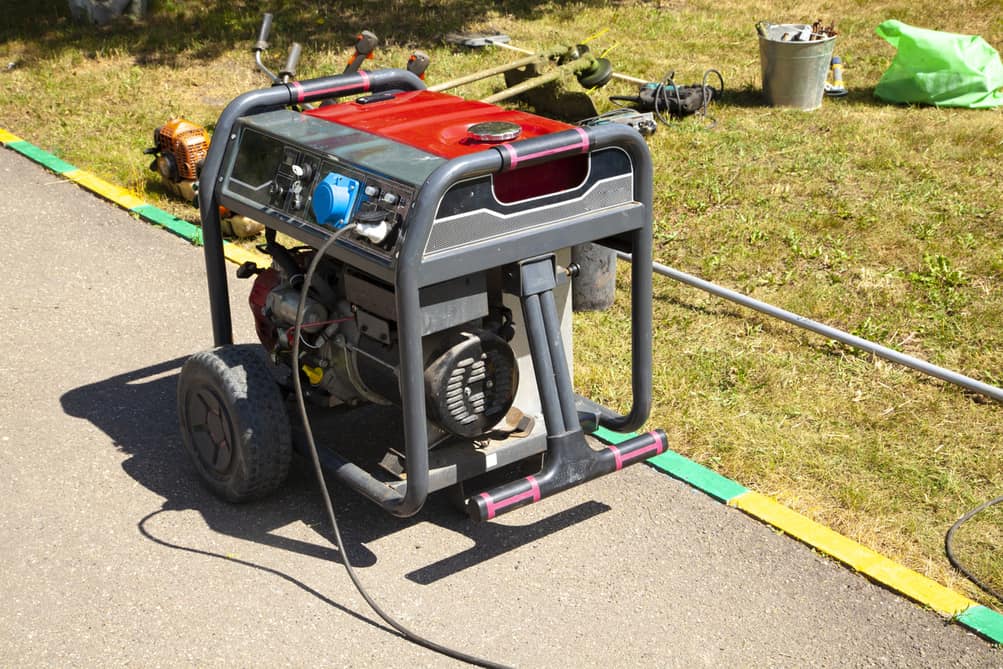When natural disasters strike, portable generators become lifelines for communities in crisis. Understanding how to properly prepare portable generators for natural disasters and implement effective portable power for disaster preparedness can make the difference between an organized response and chaos during emergencies.
Critical Applications in Disaster Response
During disasters, portable generators serve multiple critical functions. Emergency medical facilities rely heavily on consistent power to maintain life-support systems and essential medical equipment. First responders need reliable power for communication systems and emergency operations centers. Temporary shelters require electricity for lighting, heating/cooling, and basic amenities that help displaced residents maintain some normalcy.
Portable generators’ versatility makes them invaluable for maintaining essential services. From powering water pumps for flood control to keeping emergency communication networks operational, these units provide crucial support across various emergency response scenarios.
Disaster Response Planning
Effective disaster response requires comprehensive planning for power needs. This includes a detailed assessment of power requirements for critical facilities and services, establishing fuel supply chains, and developing clear deployment strategies. Organizations must consider both immediate emergency needs and longer-term recovery requirements when planning generator resources.
Planning must also account for maintenance protocols and emergency deployment procedures. This includes regular testing and maintenance schedules, fuel storage solutions, and clear procedures for rapid deployment when disasters strike.
Types of Emergency Power Solutions
Different disaster scenarios require various power solution approaches. Standard portable generators offer quick deployment and flexibility, making them ideal for immediate response needs. These units can be quickly transported to where they’re needed most and can power everything from medical equipment to emergency lighting.
Mobile power units provide larger-scale solutions for extended operations. These systems often include built-in fuel storage and weather protection, making them suitable for longer-term disaster recovery efforts. Their higher capacity allows them to support larger facilities or multiple operations simultaneously.
Implementation Strategies
Successful implementation begins with thorough pre-disaster preparation. This includes maintaining generators in ready condition, establishing clear deployment procedures, and training personnel in proper operation and maintenance. Organizations must also develop comprehensive power distribution plans that prioritize critical needs while effectively managing available resources.
Load management becomes crucial during extended operations. Careful monitoring and adjustment of power distribution ensure critical services maintain necessary power while maximizing generator efficiency and longevity.
Safety and Operation Guidelines
Safe operation remains paramount during emergencies. Proper generator placement must account for ventilation requirements to prevent carbon monoxide buildup. Grounding procedures must be strictly followed to avoid electrical hazards, particularly in wet conditions, often present during natural disasters.
Regular maintenance checks during operation help prevent failures when power is most needed. This includes monitoring oil levels, fuel quality, and overall generator performance while maintaining clear documentation of all maintenance activities.
Recovery Phase Support
As communities transition from immediate response to recovery, power needs often evolve. Long-term power solutions must be implemented while maintaining support for ongoing recovery operations. This includes establishing reliable fuel supply chains, implementing equipment rotation schedules to prevent overuse, and maintaining adequate maintenance protocols.
Resource allocation becomes increasingly essential during extended recovery periods. Organizations must balance immediate power needs with equipment maintenance requirements while ensuring adequate fuel supplies remain available for continued operation.
Conclusion
Through careful planning and proper implementation, portable generators serve as essential tools in disaster recovery efforts, providing crucial power support when communities need it most. Their flexibility and reliability make them invaluable assets in emergency response situations, helping communities maintain critical services and begin the recovery process.











Leave a Reply